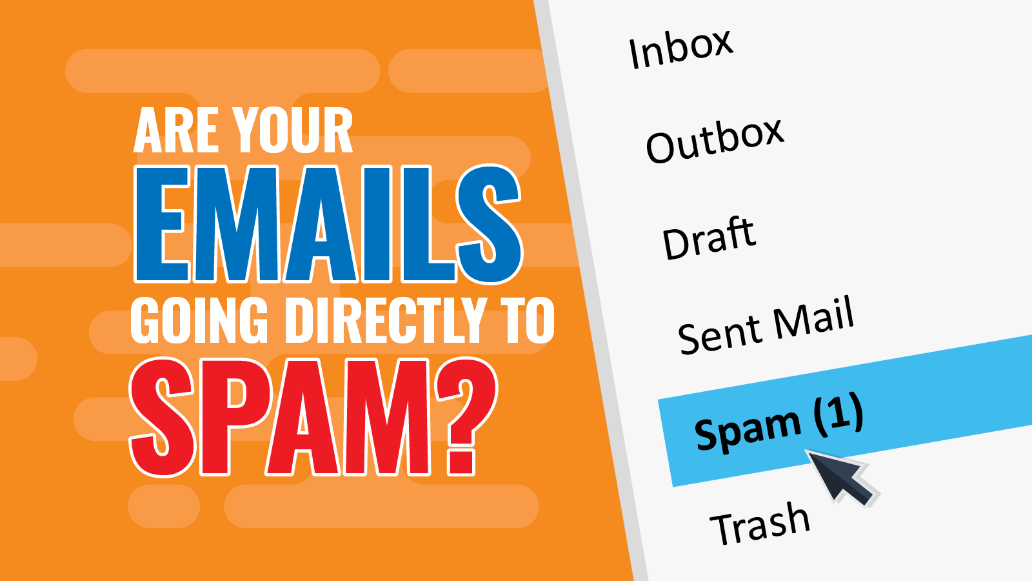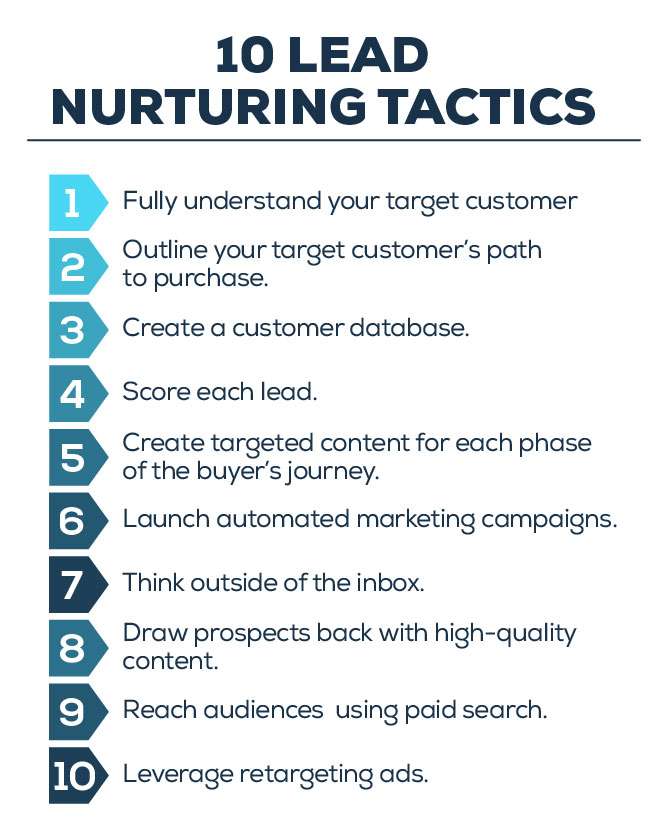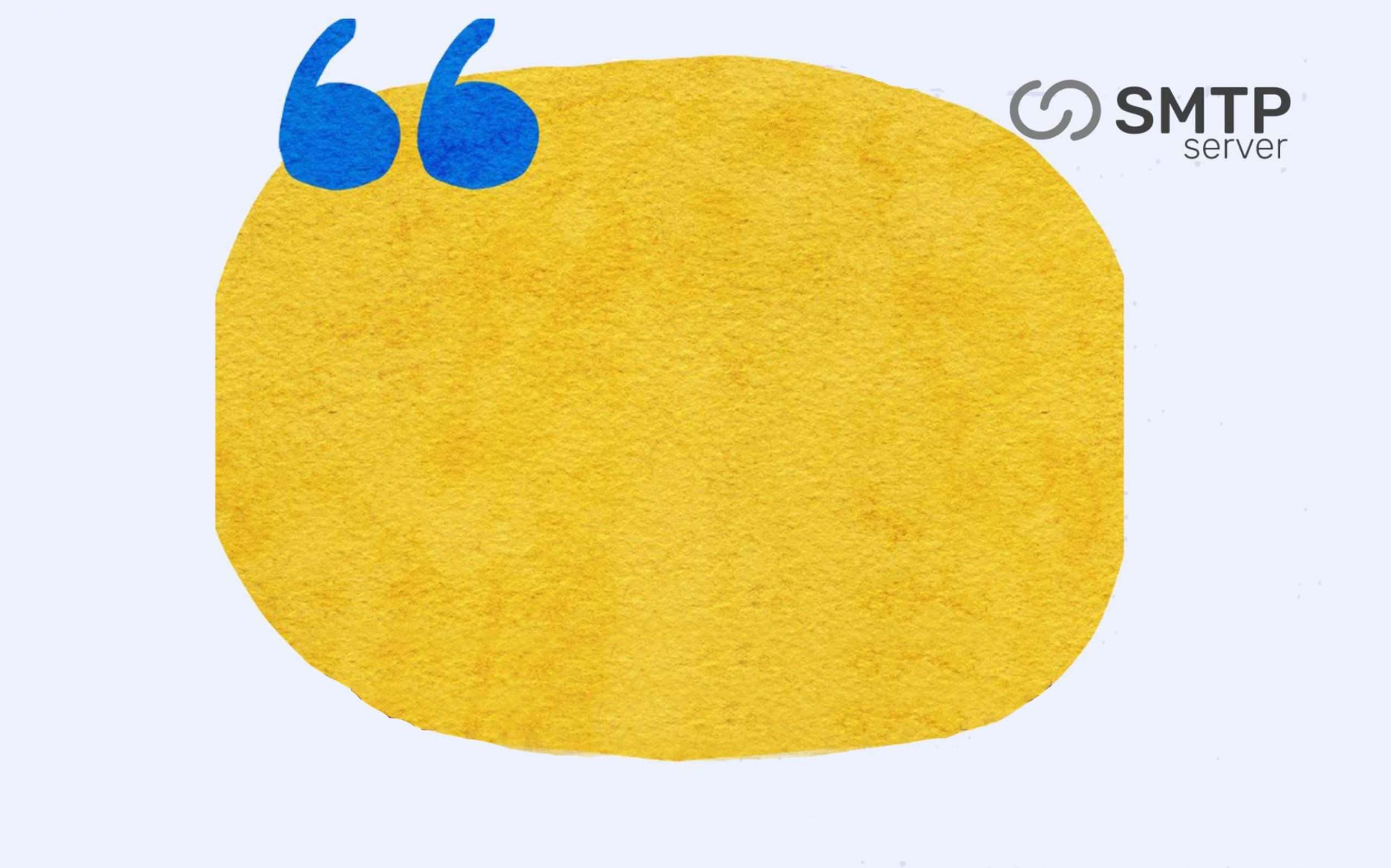1,781,500 total views, 18 views today
An unsubscribe rate is a measure of how many people have moved out from your mailing out after an email campaign. It will affect email deliverability and too much unsubscribe rate will have a negative impact on major ESPs like Google, and Yahoo. Outlook.
How can you calculate the Unsubscribe rate?
To calculate the unsubscribe rate you must know two metrics 1. the number of emails delivered and 2. the number of unsubscribes. The formula is as follows:-
Unsubscribe rate = (Number of Unsubscribers / Number of Successful email deliveries) x 100
Unsubscribe rates are necessary as well as a great loss for brands, we will never want our subscribers to move out of our mailing lists. But it’s better if recipients remove themselves from the mailing list on their own than marking you as spam which will affect your brand’s reputation and will decrease email deliverability adversely. Some people’s choices will differ over time and they will switch to some other brand there is nothing you can do about it, but if unsubscribe rates increase to a certain extent it is a matter to be looked after. While calculating unsubscribe reports you must be very careful to notice which campaign gave you the most unsubscribes and figure out if something was wrong with the campaign.
In order to understand if your unsubscribe rates are normal or way above industry averages you need to look into the chart of other industry standards and look at your industry sector, how much average unsubscribe rate is there in your industry, and compare yours according to that. The various industry has various ratio of unsubscribe rates for example travel and leisure have the least unsubscribe rate in 2022 till now, this might be due to their type of industry whereas Restaurant and food sector have the most unsubscribe rate. The goal should be to maintain the sender’s reputation while keeping lists engaged. Sometimes frequent emails become the main reason for recipients to unsubscribe. In case of the latest offers and news, it is necessary to take prior permission before sending regular emails.
Choose the best SMTP Server solution here.
TIPS TO HELP REDUCE YOUR UNSUBSCRIBE RATES
- Better segmentation of list: Email segmentation is important at the beginning you get access to deliver relevant and customized emails. The better your segments get the more you will be able to deliver emails according to users’ needs and interests.
- Ask subscribers why they stop reading: In a simple survey form try to know from readers why they want to stop reading. For example on the unsubscribe confirmation page ask them the reason of unsubscribe. This will bring you a personalized survey of your clients.
- Offer customized email frequency: Let the subscribers adjust the frequency of emails they will receive. Give them options if they want to receive emails each hour or twice in a month or so, this will make a strong customer brand bond and you will not have the risk of people unsubscribing due to too much frequency.
- Offer different communicating method: It might happen sometime that subscriber is interested in your content but is unsubscribing due to email overload, offer them contact through other platforms like SMS or social media platforms or your company’s article page where they can find anything new about the company and its developments.
- Emails should be opening fast: In this era where any person gets dozens of emails daily, there is no time to wait for a slow-loading email. Make sure that your emails are opening at a glimpse otherwise, users tend to unsubscribe emails due to slow and lagging content load.
- Maintain a hygienic list by re-engaging readers: Effective re-engagement emails can bring back a lot of subscribers as not everyone leaves permanently some go on a break, Before moving forward in re-engagement you need to understand why they are not engaging as not everyone disengages for the same reason. Re-engagement includes two things to address first know what led them to become inactive. Second, know what it takes to meet their needs now. Once this is done you can determine in which way you can re-engage these lost subscribers. You can try reaching out to subscribers personally or take a poll or survey to understand their preferences.
Unsubscribes are not always bad though it seems a little harsh as we talked about earlier it is necessary to keep in mind that it is better if some of them are moving out willingly without marking you as spam, through unsubscribing you will also get to know preferences and what readers love to read. Your fear of losing subscribers will lead you to understand your subscribers better and what you can improve to keep them engaged. Unsubscriber’s rate under 2% is within industry norms and you can always work into that by segmenting and personalizing your emails. Now that you have known the importance of unsubscribe rates and how to measure them and how to reduce them in the future you need not get afraid of checking your unsubscribe rate at regular intervals. Do check it and analyze the data to bring down the unsubscribe rate.





